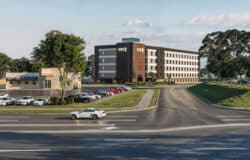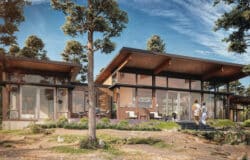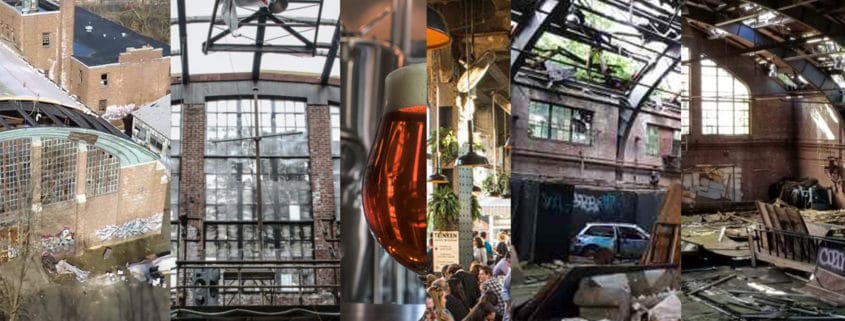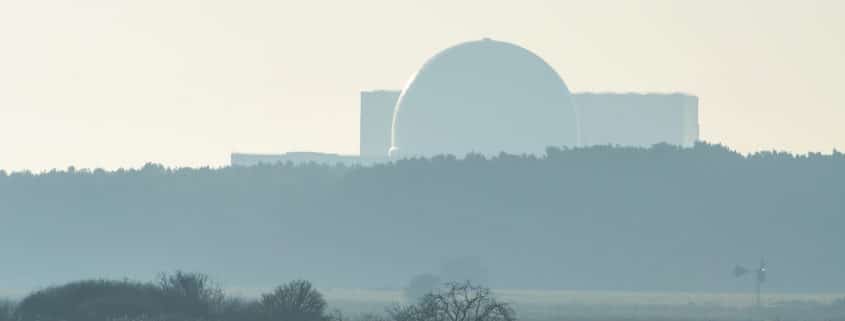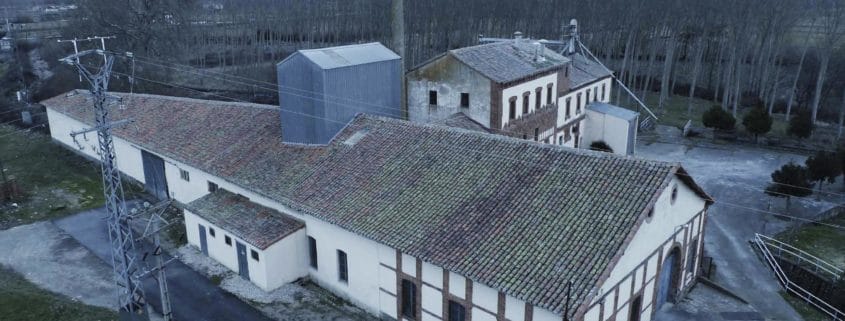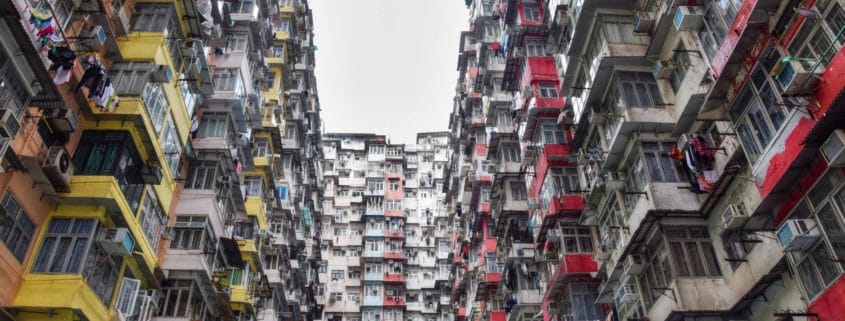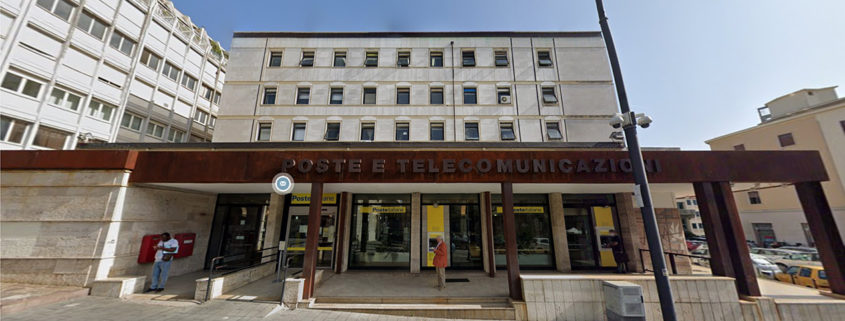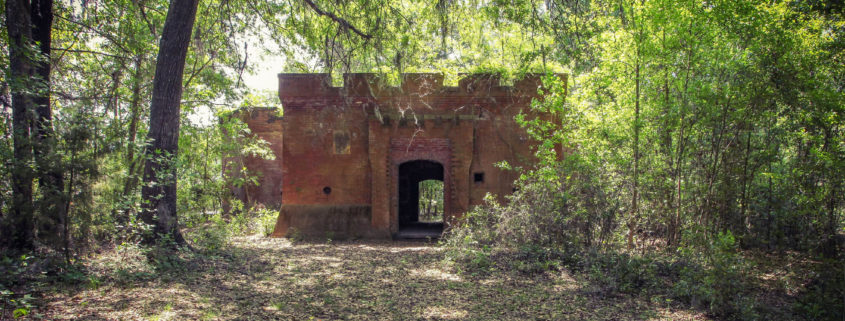Converted entry by eladiovictoria
The New Rochelle Naval Armory, built in 1932, became the permanent home of the 31st Fleet Division of the New York Naval Militia in 1933. The Armory served as a military training ground and meeting place for recruits.
There is a Masterplan to develop the Armory site as part of its Pratt Landing development project on Echo Bay, which includes shops, apartments, restaurants and parks. We want to deviate the design for the Armory building and create a experiential beer garden and local brewery. The idea is for the space to transform its customer experience in the summer as well as the winter with educational tours of the brewery as well as the retail-hospitality end of the beer garden.
We will explore the adaptive -reuse of the structure, natural and artificial lighting in combination of materiality.





